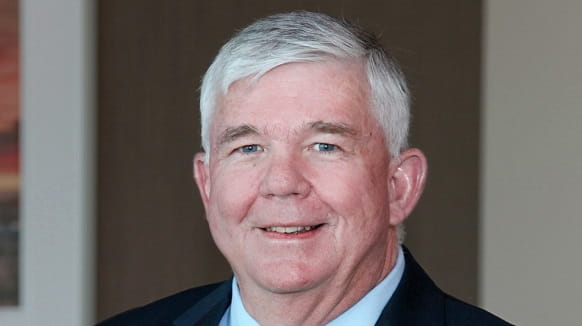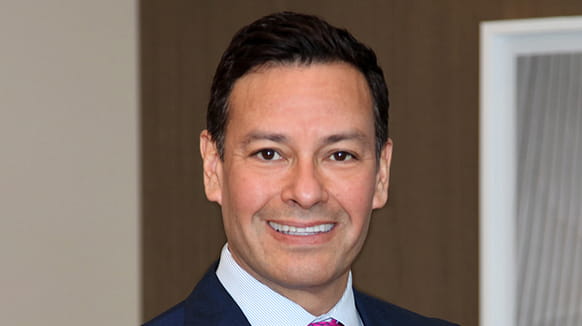Under California law, insurance companies owe a duty to their policyholders to accept reasonable, within-limits settlement offers. It has long been the law that, after rejecting a within-limits offer to settle, an insurance company must pay any judgment against the policyholder that exceeds the policy limits. But over the last ten years, there has been a split of authority in California over insurance companies’ obligations to pay excess settlements. However, the California Court of Appeal’s August 5, 2016 opinion in Ace American Ins. Co. v. Fireman’s Fund Ins. Co. provides policyholders (and excess insurance companies) with additional ammunition to argue that the primary insurance company is obligated to pay all losses in excess of policy limits – irrespective of whether the excess loss arises out of a judgment or a settlement.
An excess settlement scenario typically unfolds like this. An underlying plaintiff makes a within-limits settlement offer which the primary insurance company rejects. As the case progresses, the plaintiff’s settlement demand increases beyond policy limits. The primary insurance company is now willing to settle, and even willing to put in its full policy limits, but this amount is no longer enough to fully resolve the case. The dispute becomes whether the primary insurance company is responsible for this excess of limits settlement, or the loss falls on the policyholder and/or an excess insurance company.
Addressing a split of authority, the Ace American court held that a settlement was sufficient to trigger the excess judgment rule. The court explained that “where the insured or or excess insurer has actually contributed to an excess settlement, [the insured or excess insurer] may allege that the primary insurer’s breach of the duty to accept reasonable settlement offers resulted in damages in the form of the excess settlement.” The lack of a final judgment was immaterial, as there was “no persuasive reason to hold that the [policyholder] or its assignee, [the excess insurance company], must suffer that loss with no remedy simply because the case reached an eventual settlement instead of being litigated through trial.”
The Ace American ruling provides policyholders with another tool to protect themselves against excess of limits exposure. When policyholders do not have excess insurance, policyholders can and should argue that under Ace American, the primary insurance company who rejected a within-limits settlement offer is obligated to pay the full amount of any subsequent settlement, and that there is no reason why the policyholder should be compelled to contribute to a settlement which it will simply recoup from the primary insurance company in a subsequent bad faith action.
When a policyholder has excess insurance, it should still pressure its excess insurance company to contribute to an excess-of-limits settlement, and leave the excess insurance company to recoup its contribution from the primary insurance company which rejected a within-limits settlement offer. Moreover, it should be noted that nothing in Ace American excuses the excess insurance company from its obligations to the policyholder under the excess insurance policy. The fact that the excess insurance company can later assert an equitable subrogation claim against the primary insurance company does not vitiate the excess insurance company from its initial obligation to pay the loss in its layer in the event that the primary insurance company refuses to pay.
When primary insurance companies reject within-limits settlement opportunities, they do so at their own peril. The Ace American decision rightly recognizes that once an insurance company refuses to accept a within-limits settlement offer, the die has been cast, and the insurance company must live with the consequences of its gamble – regardless of whether the excess loss ultimately comes through settlement or judgment.
For more information contact one of the lawyers listed below:




